21. Gazipaşa
Gazipaşa is famous for its bananas and oranges. It stands on a narrow strip between the Mediterranean Sea and the Taurus Mountains. Its quiet beaches are used as nesting grounds by sea turtles.
History
Prehistoric animal remains (crustaceans) are found around the highest points on the Taurus Mountains above Gazipaşa, because the peaks were under the sea in the Palaeozoic Age.
There is evidence of Hittite settlement going back to 2000 B.C., and it is assumed that this coast was inhabited long before that. The Ancient Greek city of Selinus (see below) was established here on the River Kestros (today called Hacımusa) by 628 B.C., as part of the kingdom of Cilicia. The name mutated to Selinti in the early Turkish period.
The area came into the hands of the Romans in 197 B.C.
The Emperor Trajan died here, in the 1st century A.D., after falling ill on a journey along the Mediterranean coast. His body was taken by his successor, Hadrian, for burial in Rome. For a period, the town was named Traianapolis.
The Romans were succeeded by the Byzantines, who lost the area to the Seljuk Sultan Alaaddin Keykubat I in about 1225. During the era of the Anatolian Turkish clans, the coast including Selinti was controlled by the Karamanoğlu clan of Konya. It was brought into the Ottoman Empire in 1472, by General Gedik Ahmet, naval commander of Sultan Mehmet II.
Evliya Celebi, a 17th century traveller, recorded Selinti as a group of 26 villages, with a well-kept mosque on the seafront, along with a jetty for boats to Cyprus, and green mountains behind.
In 2004, a team from Florida State University found a small bronze statue of Pegasus, dating back to 300 B.C., in the waters off Gazipaşa. It is now in Alanya Archaeological Museum.
The ruins of the ancient city of Selinus are found on the skirt of a hill, which extends to the sea in elbow shape. They include city walls, an acropolis, cisterns and baths. The agora of the city stood near to the sea, the granite columns can still be seen. Inside the city walls there are ruins of a church that was dedicated to Saint Thekla. Another significant ruin is the hunting mansion, decorated with 13th century Seljuk zigzag figures.
Key Facts
- 50 km from Alanya, on the east side, Gazipaşa stands on a narrow strip of coast between the Mediterranean Sea and the steeply rising Taurus Mountains.
- Construction is forbidden on the Gazipaşa’s beaches, because they are used as nesting grounds by sea turtles, so they are a very pleasant and uncrowded place to relax.
Shorex: full or half day; excellent for those passengers wishing to relax in a quiet and historical setting.


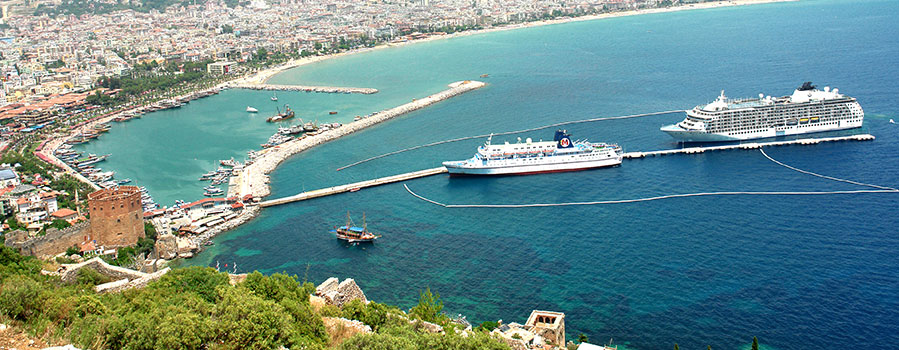
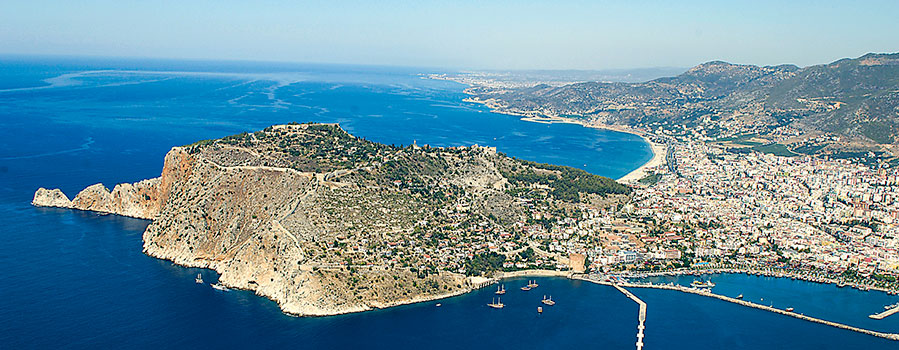
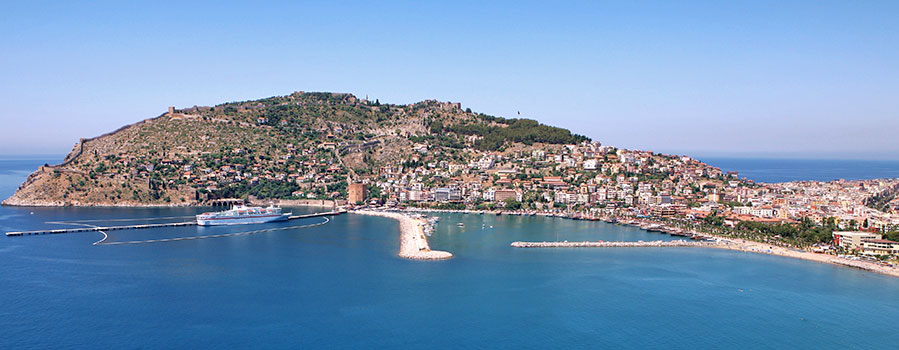
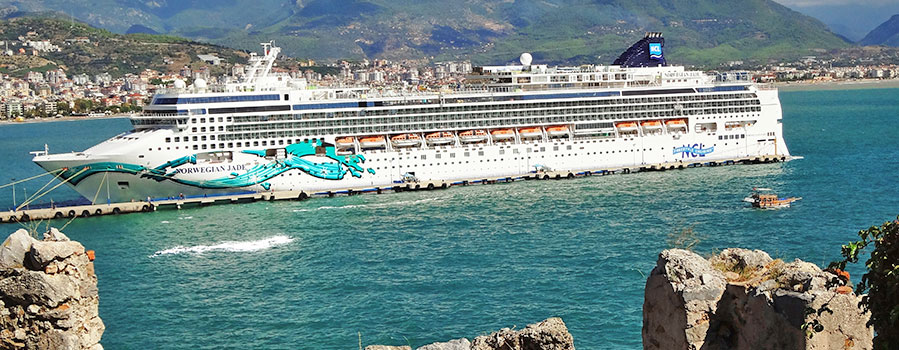
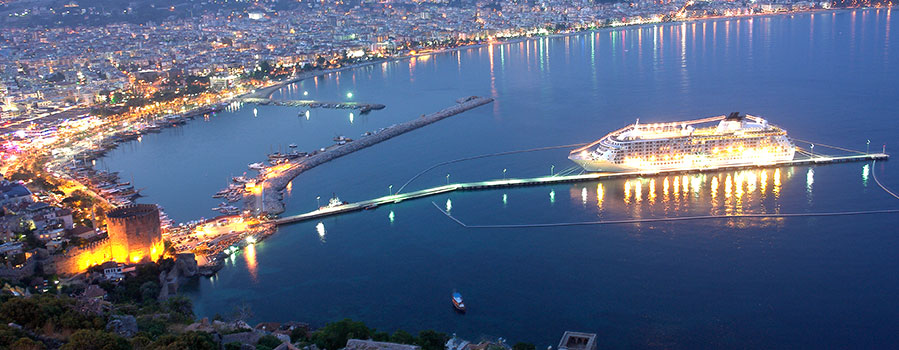
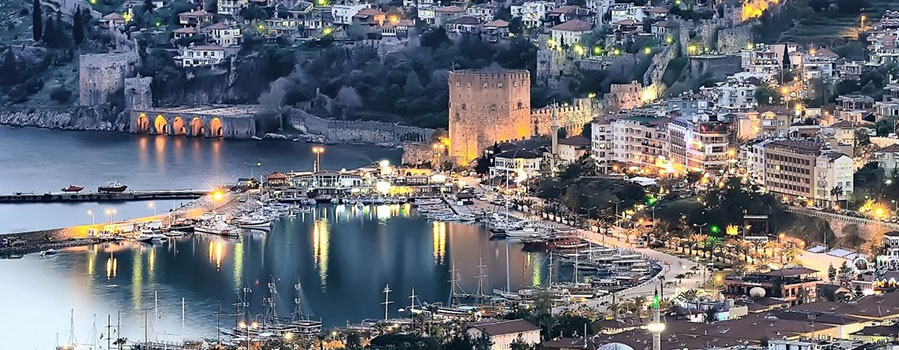
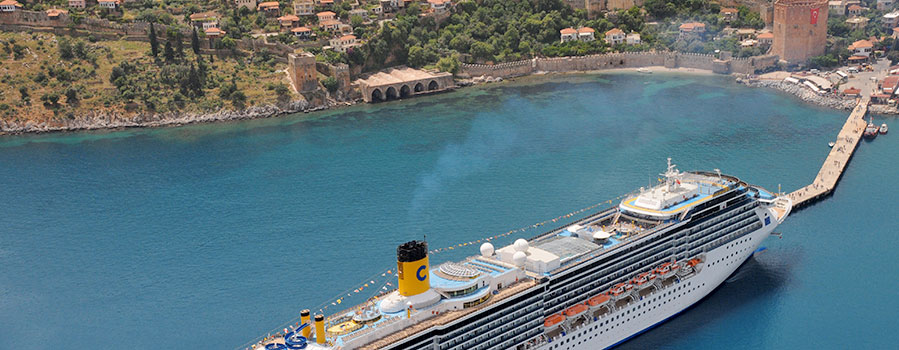
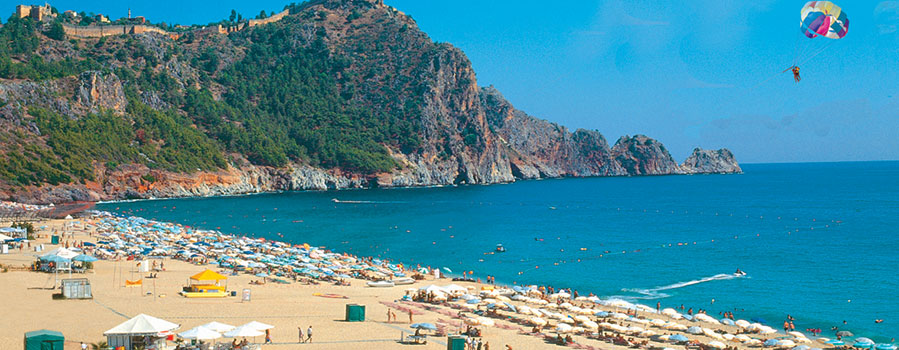
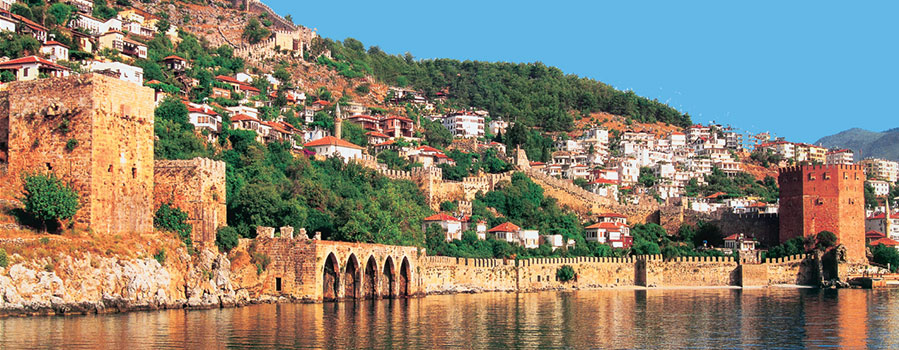
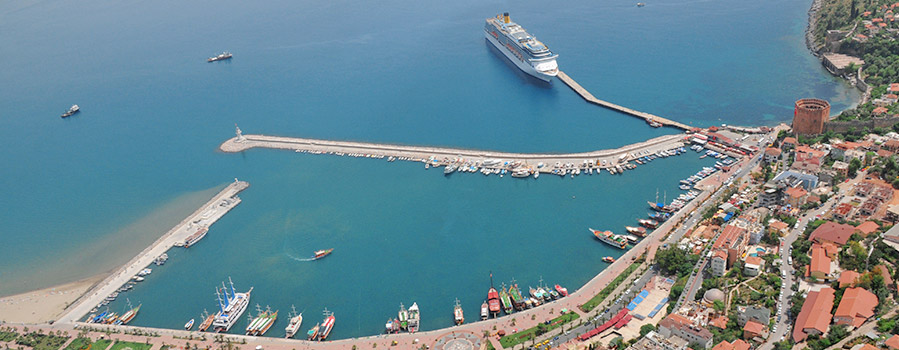
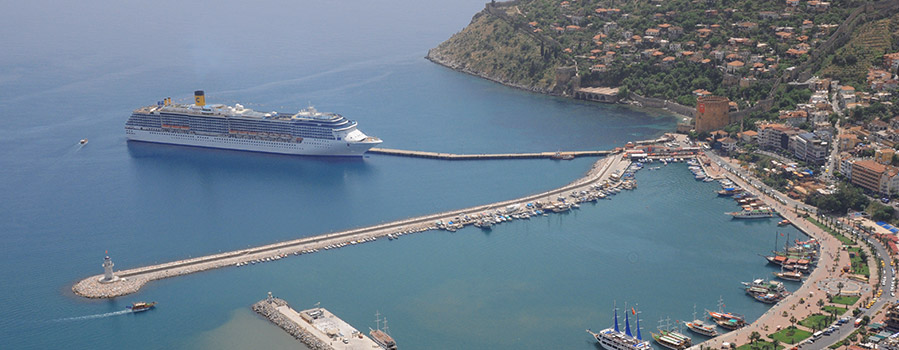
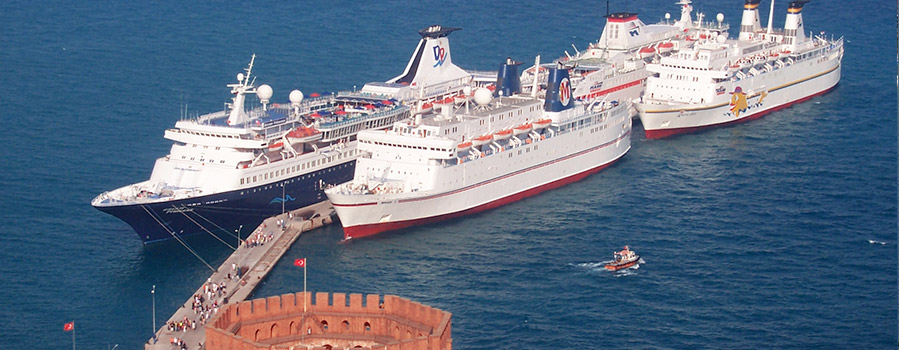
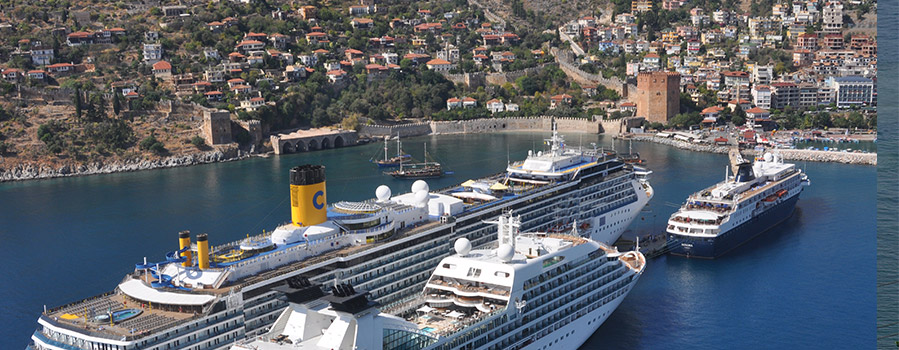
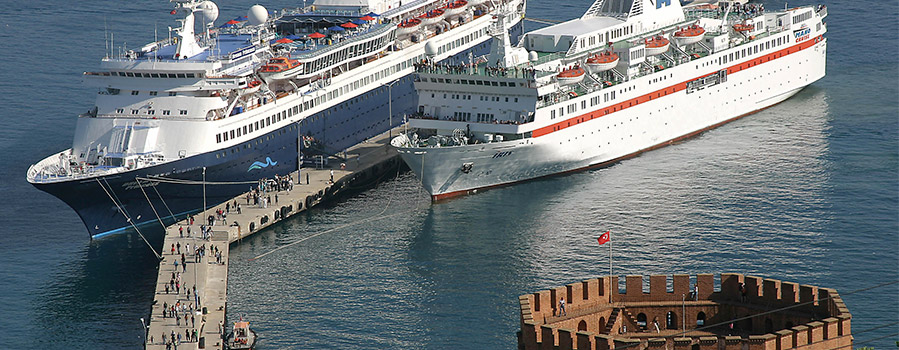
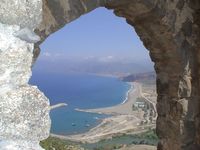
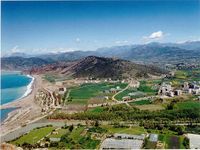
 Print
Print Send to a Friend
Send to a Friend